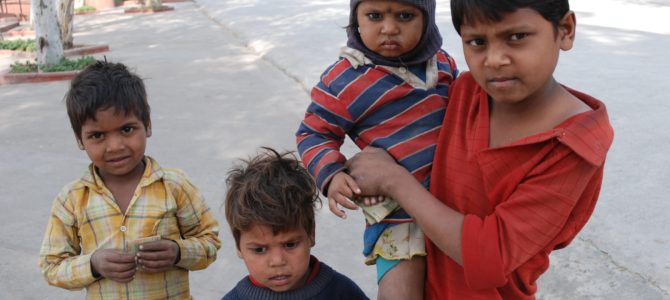Among the 132 mountainous villages that make up the Uttarkashi district of the Uttarakhand state in northern India, 216 children were born in the last three months. Not one of them was a baby girl, according to a district magistrate’s press conference last week, highlighting the rampant practice of sex-selective abortions in India.
A few days later, district officials backtracked on the initial numbers, saying that only 82 villages had concerning male to female ratios, and claimed that only 16 villages had no girl child births while the remaining 66 had fewer girls than boys.
Sex-selective abortions and infanticide in India are not new phenomena, but have increased rapidly since the 1980s, with ultrasound technology becoming more widely available. The country has recognized that there are 63 million girls and women missing from its population.
Traditional Indian culture views girls as a burden, both socially and economically. Jill McElya, the president and founder of Invisible Girl Project, said the practice of expensive dowries required to marry daughters is still prevalent across the country, despite being illegal. It is also cultural practice in India, a country with no social security system, for a son to take care of his parents in their old age. When a son marries, the new bride enters the man’s family and takes care of the parents.
“Two hundred and sixteen boys will grow into men, who will have no one to marry, because the girls have been systematically eliminated. What will these men do? What the families do not realize is that in effort to preserve their family lines by having sons, they are effectively working to bring their family names to extinction, when their sons will never marry,” McElya said. “They want to have a son because they want to be taken care of in their old age. So you have the burden of a female, and the incentives to have a son.”
Nitin Tonk, who is based in New Delhi as the director of operations of the Invisible Girl Project, said he spoke to medical personnel in the state of Uttarkashi who said abandonment of girls at birth is very common.
“Sources also indicate that there are operating physicians who have use of mobile sex-revealing ultrasounds in the back of a vehicle, although this practice is illegal in India,” he said.
In 2011, a high court in Mumbai ruled that authorities have the power to “seize and seal” ultrasound machines if they are used for illegal sex determination tests. But critics say there is a lack of political will to shut down ultrasound centers and mobile operations. In 2017, a parliamentary panel found that 90 percent of all funds allocated to the prime minister’s program for curbing female foeticide went unused in the 2016-17 fiscal year.
Ashish Chauhan, Uttarkashi’s district magistrate, told Asia’s ANI news that officials have identified areas where the number of recorded females born is zero or in single-digit numbers.
“We are monitoring these areas to find out what is affecting the ratio. A detailed survey and study will be conducted to identify the reason behind it,” he said.
McElya also attributed female foeticide in rural areas to lack of education. “There is sometimes the myth that people believe if you have a baby girl and you kill her, that the next baby you have will be a son,” she said.
In one instance, McElya knew of an Indian couple that had killed 11 of their baby girls in hopes of having a son. Finally, they let their 12th baby live. In the state of Maharashtra, there are more than 200 girls whose name in their local vernacular translates to “Unwanted.”









